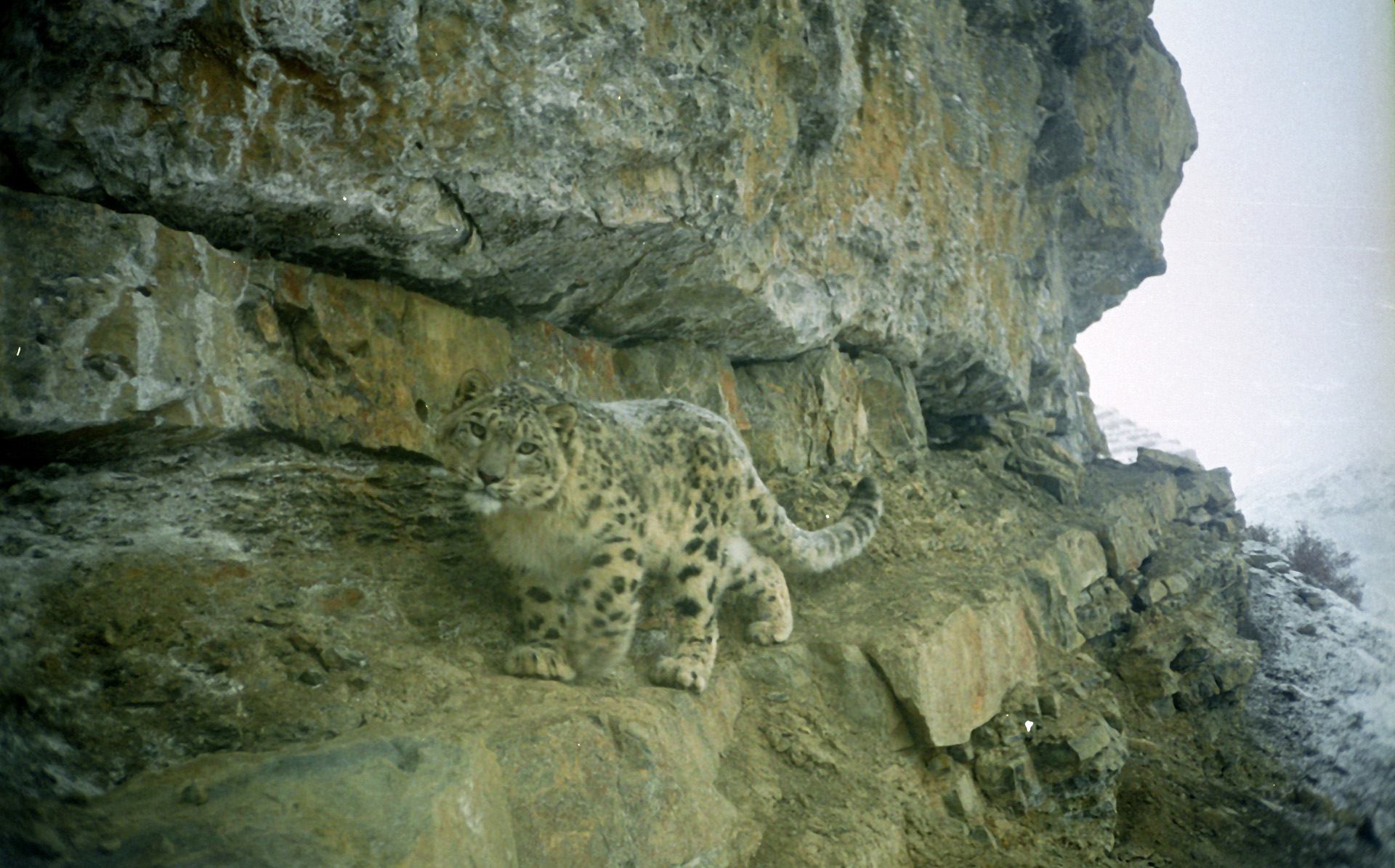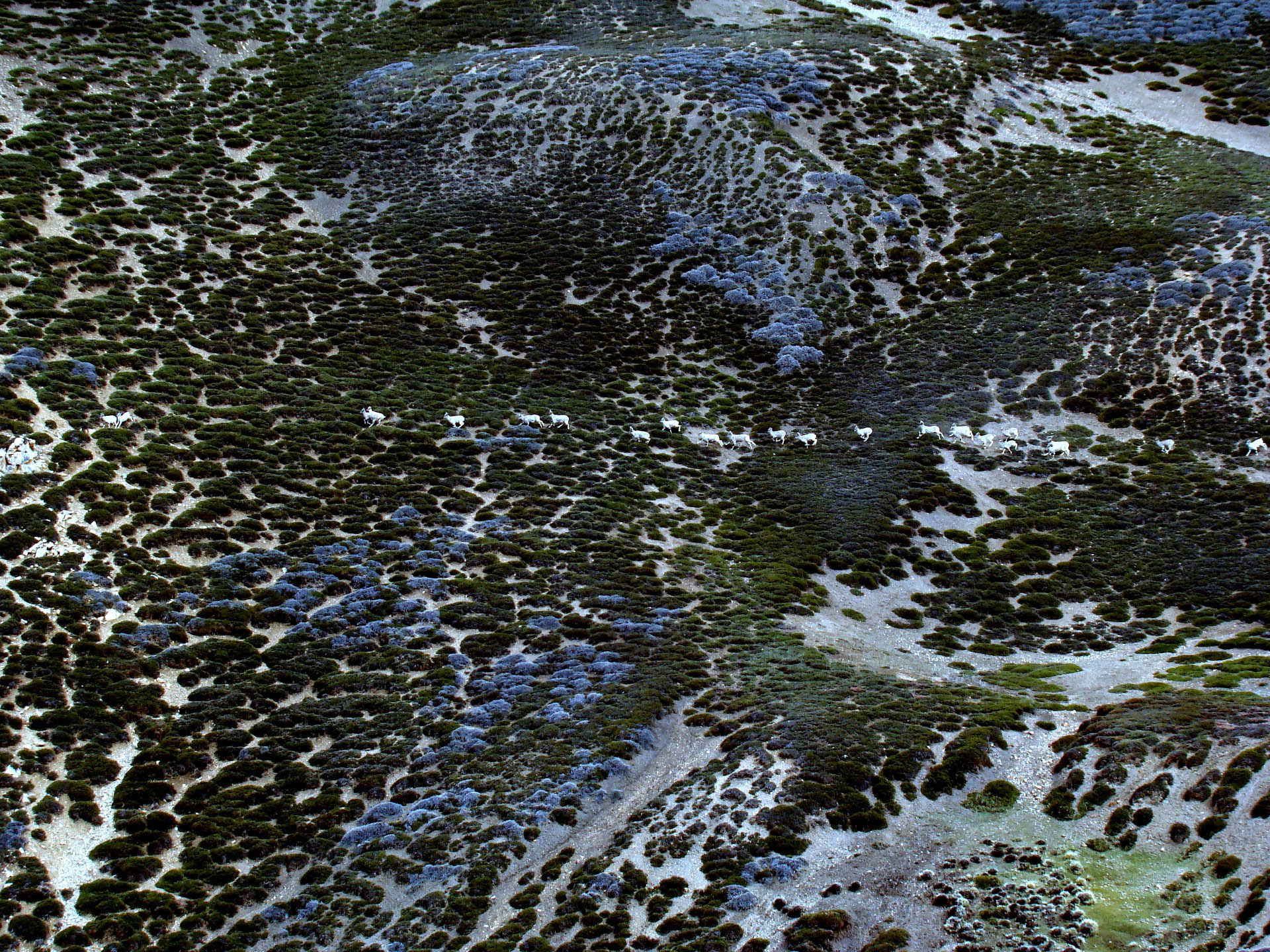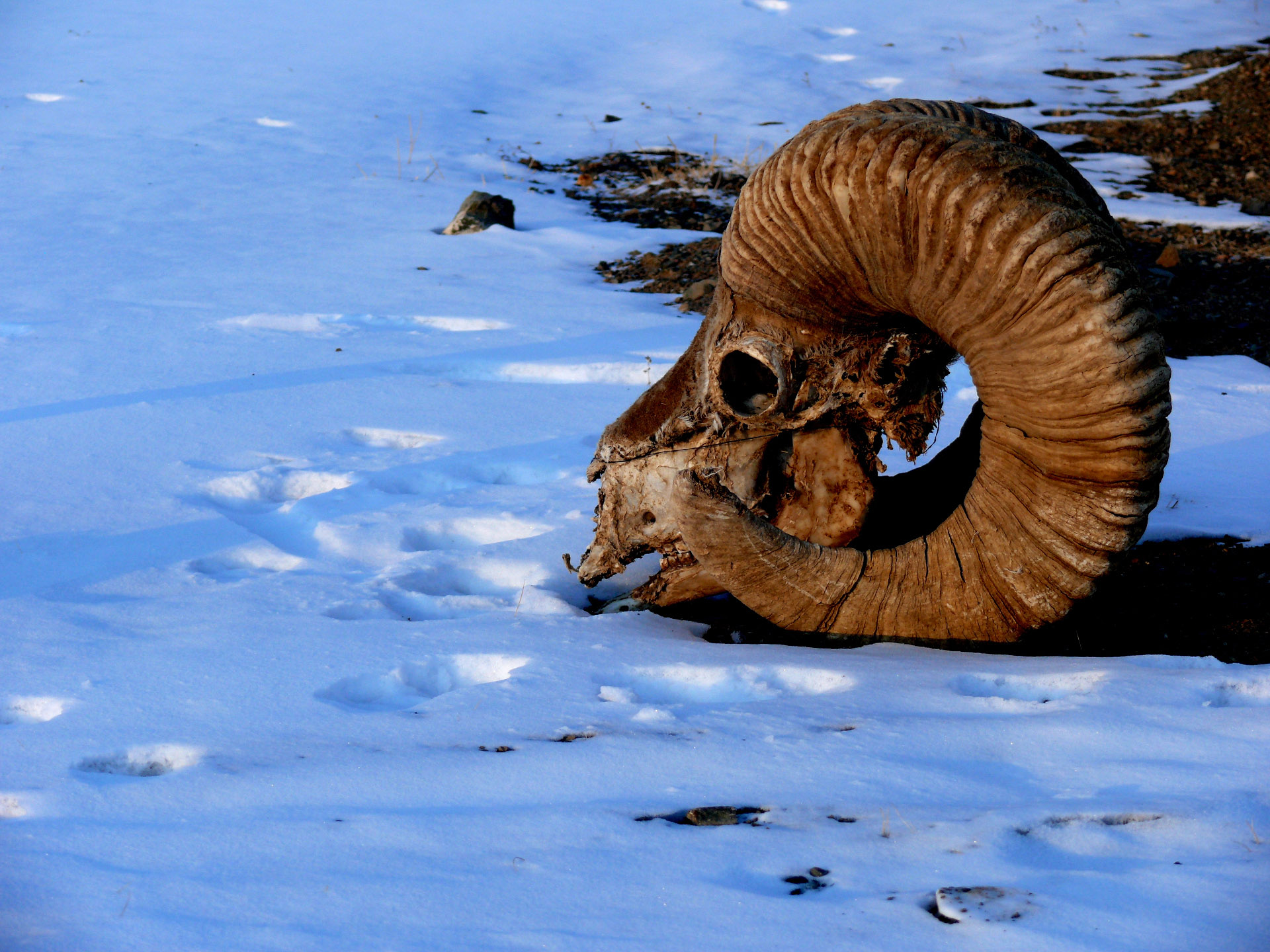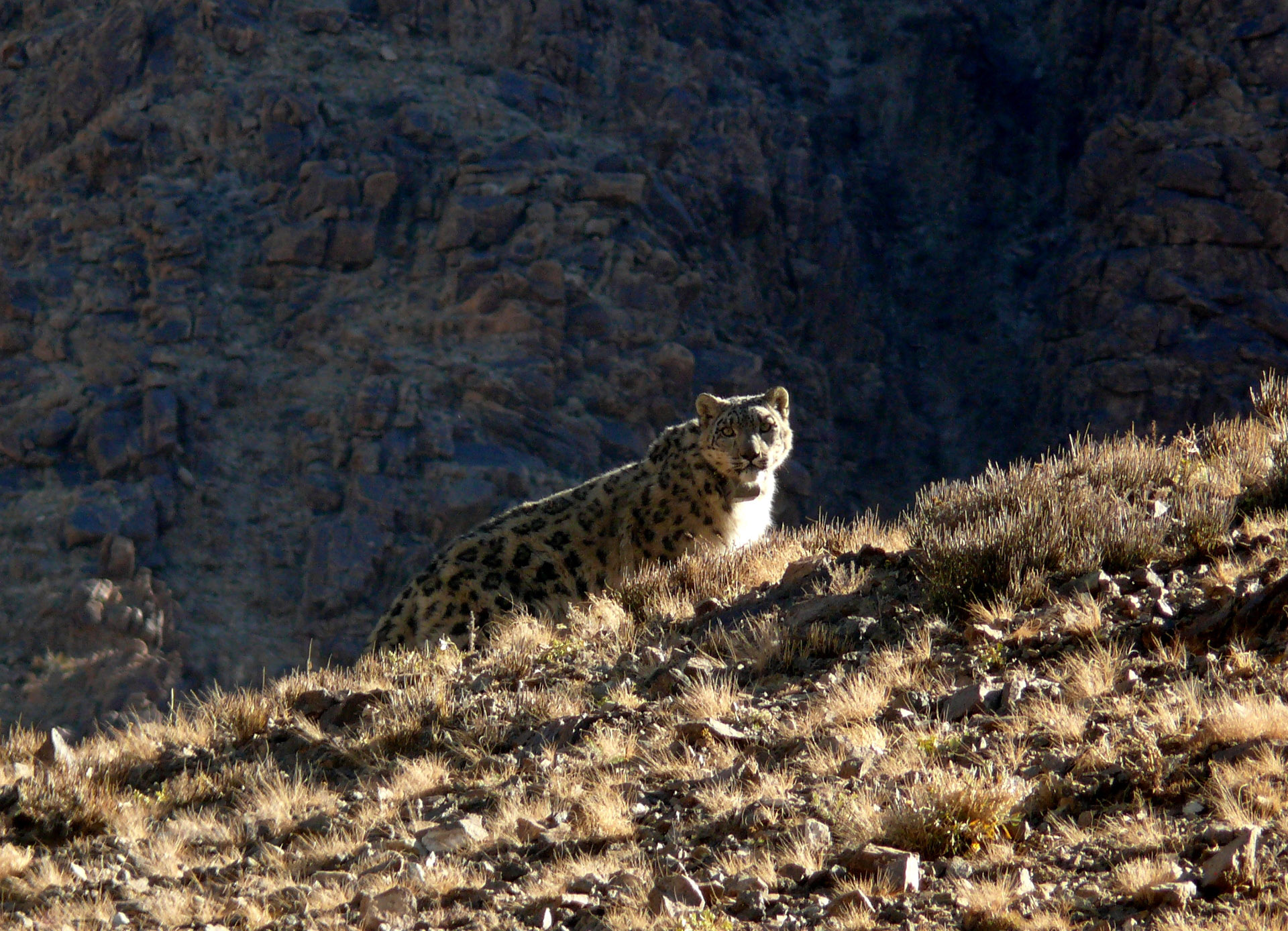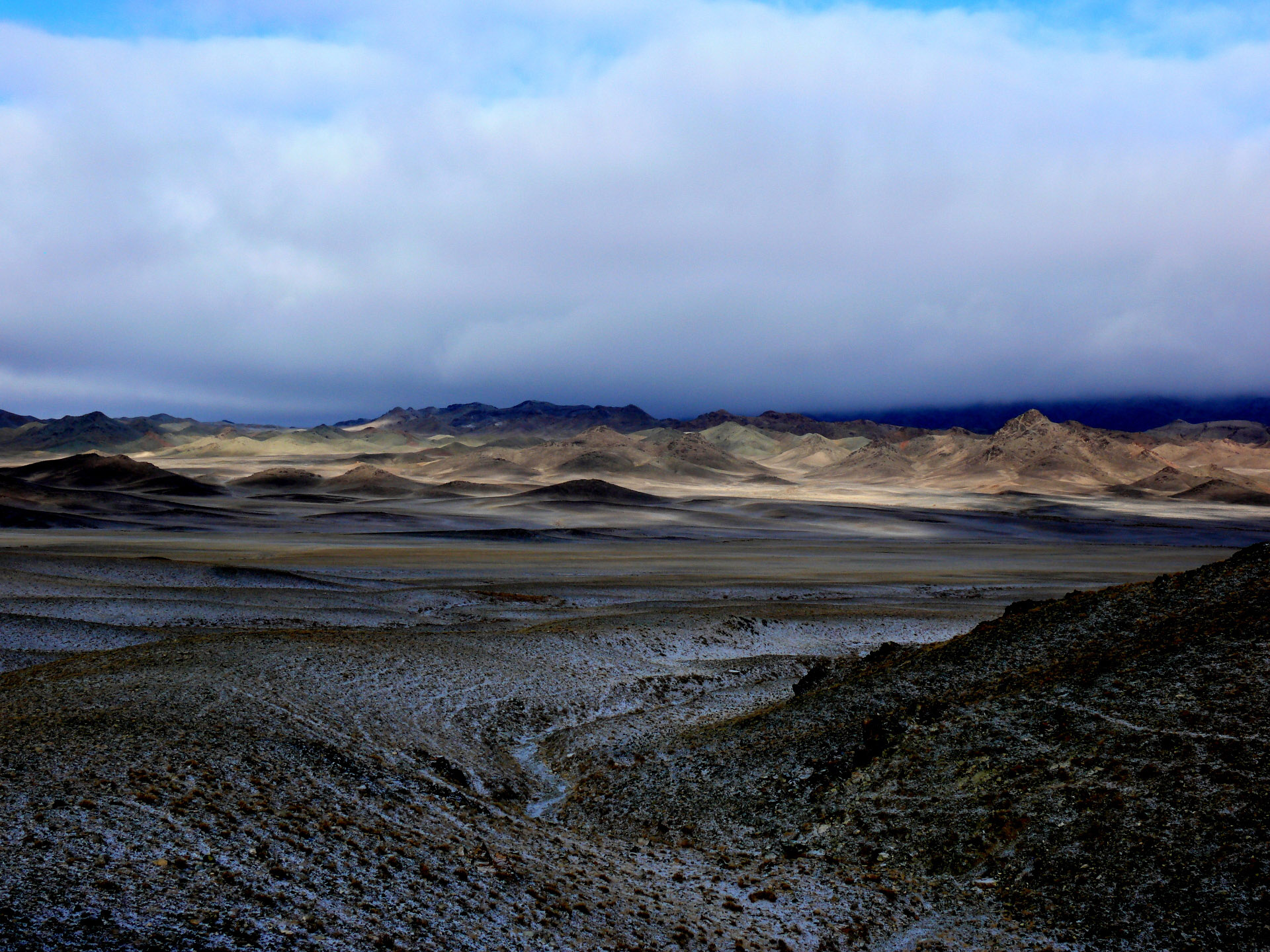The Snow Leopard has captured the imagination of travellers and photographers for ages. The elusive big cat, moves high up in the mountains, and is rarely seen, let alone photographed. Sometimes labelled a ghost due to its ability to operate as if invisible, this gorgeous mountain cat makes for some fascinating storytelling.
An endangered, elusive predator found in the high mountains of Central Asia, there are an estimated 4,500 to 6,500 individuals across 12 countries in Central Asia. These animals are top predators of the high-altitude alpine and desert steppe ecosystems of the High Himalaya and other mountain ranges such as Karakorum, Altai, Hindukush, Kunlun Shan, Tien Shan and Pamir.
Like most other big cats, Snow Leopards are usually solitary predators. Sometimes, sub-adult cubs do move around together after they wean off from their mother, but eventually establish separate territories.
Snow Leopards share their high altitude habitat with local pastoral communities. The survival of this animal in its natural habitat is dependant upon the willingness of these communities to live with them. Of course, sometimes, tensions flare up when Snow Leopards kill livestock.
The Bharal or the Himalayan Blue Sheep is the Snow Leopard's main prey across nearly 50 per cent of its distribution range and the availability of wild herbivore prey is absolutely critical for its survival. The Bharal is a slaty grey animal, but the evening light can give it a blue tone, perhaps forming the source of its english name.
While the hope for coexistence endures, depletion of prey — along with habitat loss — is another key threat to the Snow Leopard. Hunting and poaching of the Bharal, ibex and Argali are decimating the prey population of this big cat.
Scientists have used radio-collaring as a method in Mongolia to study the range Snow Leopards require. Findings suggest that each Snow Leopard ranges over 200sqkm and that over 87 per cent protected areas in the snow leopard distribution range are too small to host a viable population. This means that working with communities is perhaps the only option for effective conservation across the animal's range.
Snow Leopards are found in the desert steppe ecosystem of Central Asia (mainly countries like Mongolia, China, Kyrgyzstan, Tajikistan). These habitats face a severe threat from mining with an increasing demand for coal, copper, silver and gold ore. Recently, over 50sqkm of the Sarychat-Ertash State Nature Reserve in Kyrgyzstan was de-notified to make space for a gold mine. Fortunately, conservationists could fight that battle. The landscape of the Tost Mountains of the Gobi desert (above) was given away for mining but local conservationists, along with local herders, fought to declare this area as part of Tost Nature Reserve.
